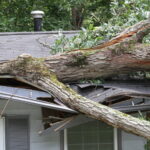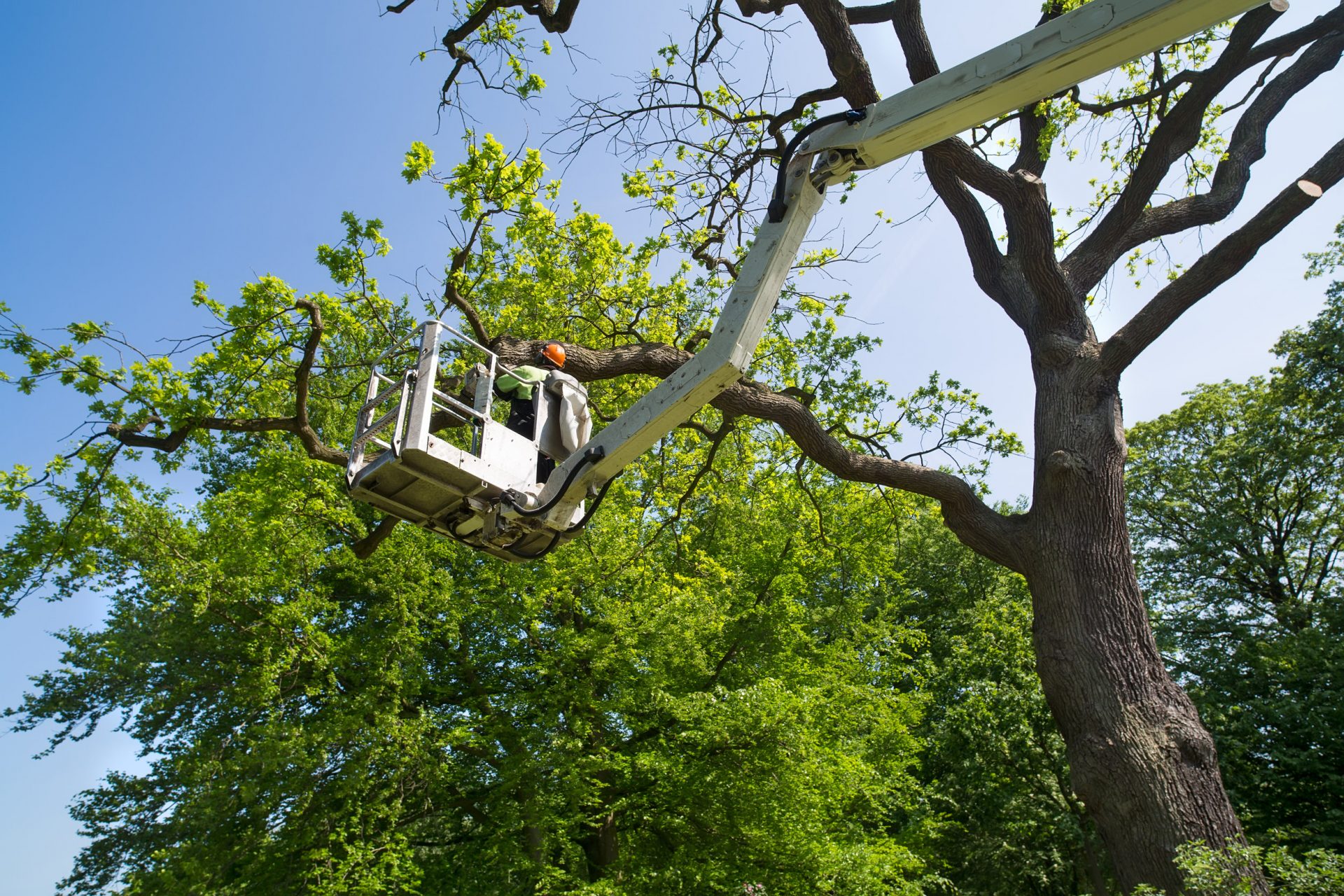Stump removal: numerous justifications
In order to level the newly-freed ground, the stump and roots of the felled tree must first be removed. Using a stump trimmer can replace the need for stump removal. Stumping may be necessary for a variety of reasons:
- The remaining stumps in the ground may pose a threat to both pedestrians and drivers;
- They are a barrier to agricultural work on farms;
- They may impede their suckers and discharges, clog the pipes, and weaken the foundations in the areas that will be urbanized;
- Stumps that are decomposing could be a source of fungus infestation (particularly Armillaria mellea)
Let’s look at some justifications for why it is preferable to get a stump removed.
Termites and insects are drawn to tree stumps.
Tree stumps are a magnet for insects. Termites, carpenter ants, and other pests are drawn to abandoned stumps, which get infested as they rot. These pests are likely to enter your home, whether they use the stump as food or refuge. Termites practically treat a stump as an open-bar feast.
Termites and insects are drawn to tree stumps.
Tree stumps are a magnet for insects. Termites, carpenter ants, and other pests are drawn to abandoned stumps, which get infested as they rot. These pests are likely to enter your home, whether they use the stump as food or refuge. Termites practically treat a stump as an open-bar feast.
Tree stumps may grow again.
Potentially, stumps can regenerate. Trees can indeed recover even after they have been cut down thanks to nature. In general, trees are very tough. Small branches may begin to grow around a tree that has already been cut down, and it is not as simple as taking them out. It is possible to stop new growth from arising by applying chemicals, which is not advised. But there are dangers with this strategy. Having the stump removed by a certified arborist is the safest and most efficient option.
Removal of Stump: Be mindful of networks and infrastructures
In metropolitan locations, specifically, stump grinding can be a highly complicated procedure. The following precautions must be observed in order to respect everyone’s safety and the law:
Any underground infrastructure (pipes carrying gas, water, electricity, or septic tanks, for example) must be located beforehand, and the area around the foundations must be free of extensive lateral roots.
When the stump is close to the property line, it may be necessary to negotiate a right of way in order to reach the roots on the nearby property.
The responsible authorities must be notified if stump removal operations are likely to block traffic on a road or trail so that they can assure safety.
Manual or automated stump removal techniques?
When the largest roots have been removed earlier by uprooting trenches, stump grinding is simpler. Either a machine or a human being can carry it out. Additionally, there are stump removal products available that might make the process easier.
Manual stump removal: shovel, heel pliers and jack
Removal of manual stumps is done as follows:
- by using a puller to remove the stump;
- after creating the uprooting trenches with a shovel;
- after using heel pliers to cut the roots.










